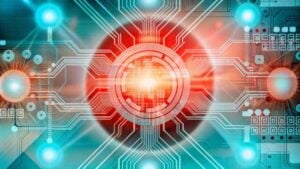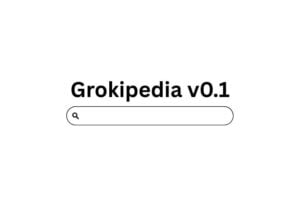Sustainable E-Waste Recycling: Leveraging Whey Proteins to Extract Gold from Old Electronics
Estimated reading time: 3 minutes
In the ever-changing world of technology, managing electronic waste (e-waste) has become a major challenge. Our use of electronic devices keeps increasing. This makes innovative and eco-friendly recycling solutions more necessary. Researchers at ETH Zurich have introduced a groundbreaking method. They use whey proteins to extract gold from old electronics. Whey proteins are natural substances found in milk.
Professor Raffaele Mezzenga’s research team has made an important discovery. They can change denatured whey proteins into a sponge-like material. Denatured whey proteins are waste from making cheese. This sponge-like material can capture gold ions from e-waste. E-waste refers to discarded electronic devices. This new method helps tackle the increasing e-waste problem. It also offers a way to reuse waste from the food industry in an eco-friendly way.
The Whey Protein Sponge
The process starts by placing the whey protein sponge into a metal ion solution. Gold flakes stick to the protein fibers in the sponge. Then, the researchers heat the sponge. This heating allows them to extract gold. From just 20 computer motherboards, they collected 450 milligrams of gold. This amount of gold is about 22 karats, which is very pure.
This breakthrough offers a sustainable alternative to traditional e-waste recycling methods. It also shows how biomimicry can help solve environmental problems. Biomimicry means using ideas from nature to create new technology. Professor Mezzenga explained it best. He loves that they are using a food industry byproduct to get gold from electronic waste. You can’t get much more sustainable than that!
Reducing the Environmental Impact of Food Waste
This research has implications that go beyond the extraction of precious metals. The process uses a byproduct from the food industry. This can help reduce the environmental impact of food waste. When food waste breaks down in landfills, it produces greenhouse gases like methane. Reducing this waste can lower the amount of methane released into the atmosphere.
The fact I love the most is that we’re using a food industry byproduct to obtain gold from electronic waste. You can’t get much more sustainable than that!
– Raffaele Mezzenga, ETH Zurich
The researchers at ETH Zurich are now looking into using their method on other types of food waste. They also want to test it on industrial waste. These industrial wastes come from places like microchip manufacturing and gold plating. Making microchips involves creating very small electronic parts. Gold plating means covering objects with a thin layer of gold. This multifaceted approach highlights the versatility and potential of this innovative recycling solution.
Closing Remarks
Confronting the complex problem of handling electronic waste is difficult. However, the work of the ETH Zurich team brings us optimism. They use whey proteins, which come from milk, to help. They have shown that recycling can be both good for the environment and profitable. This breakthrough can pave the way for a future where technology and the environment can coexist in harmony.
To stay updated on the latest developments in sustainable e-waste recycling and other STEM-related innovations, be sure to visit ENTECH Online. Our digital magazine is dedicated to providing engaging and informative content for teenagers and STEM enthusiasts, helping them explore their passions and discover how they can make a positive impact on the world.






